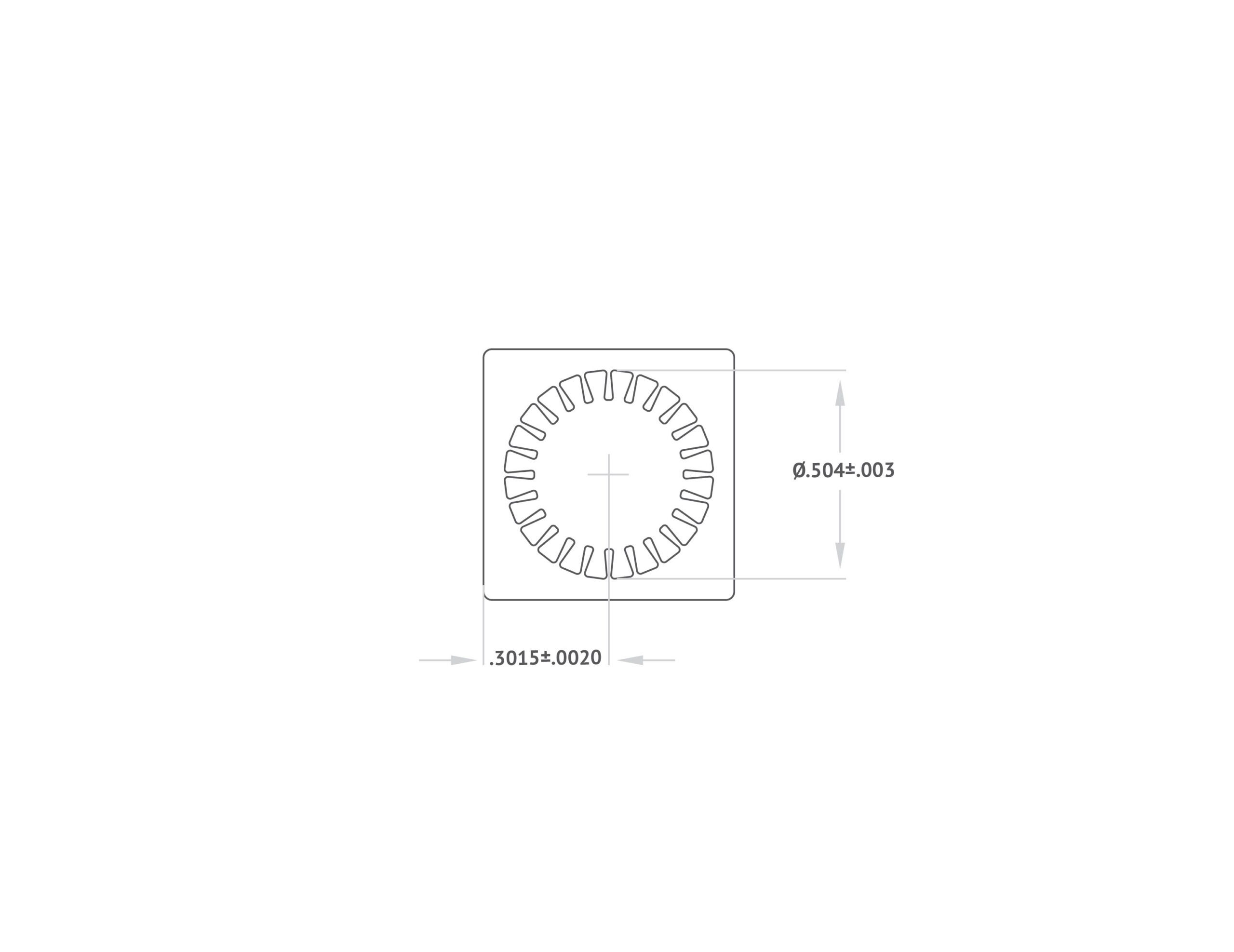“NASA could not have made it to the surface of Mars without aluminum.” So says Dr. John Grotzinger Chief Scientist and Head of Strategic Planning for the 2012 Mars Rover Mission. Grotzinger led NASA’s $2.5 billion Curiosity rover mission. Space age aluminum alloys were the ideal option for the body and wheels of the 1,875-pound Curiosity rover robot because—according to The Aluminum Association—they were lightweight, durable and impressively strong. Curiosity is just one of many examples of spacecraft utilizing aluminum extrusions and tubing for space exploration. In fact, utilizing aluminum in aviation is fairly common. Apollo spacecraft, Skylab, the space shuttles and ISS have all used aluminum extrusions. They all had in common the need for metals that are lightweight, mechanically stable and have good thermal conductivity along with the ability to withstand the stresses that occur during launch.

NASA estimates that it costs $10,000 to lift one pound of payload into orbit, so reducing the overall payload weight is very important. With weight reduction in mind, NASA & Lockheed Martin have chosen aluminum-lithium alloy for the primary structures of their next-generation vehicle, Orion MPCV (Multi-Purpose Crew Vehicle)—according to The Aluminum Association.
Profile Precision Extrusions has experimented with some of the new high tech alloys, extruding Al-Li into very thin wall structural shapes and hollow extruded shapes for recreational equipment. We’ve also extruded Metal Matrix Composite alloy for track & field equipment. In addition, we’ve extruded alloys with nano particles for scientists that conduct research for the nuclear industry.
To learn more about the use of aluminum in aviation, read our October 2015 blog History of Aluminum in Aviation.



Well said. A huge range of profiles can be made from aluminum alloys having a number of applications in various fields just like in aviation as we see in the above blog.